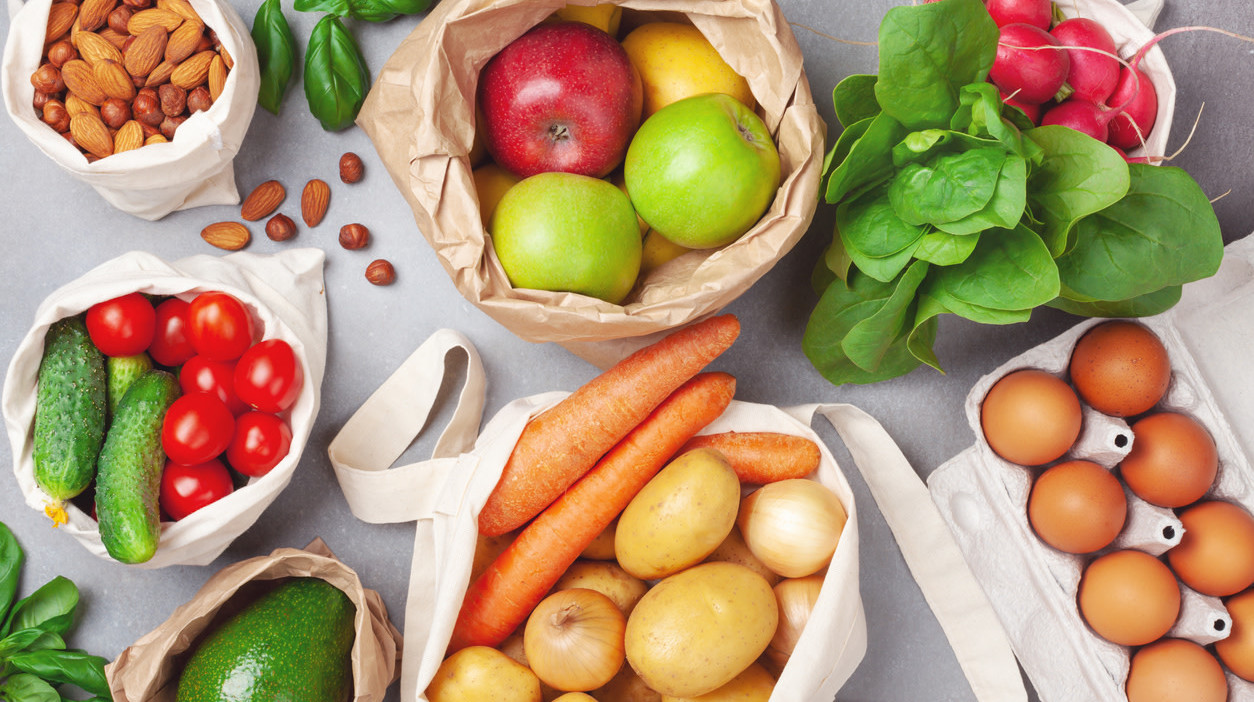Online Grocery Delivery Could Help Feed People Living In Food Deserts
As we've written before, food deserts, and the general condition of food insecurity, affect millions of American households nationwide. A new analysis by researchers at Yale (published in JAMA Network Open this month) indicates that there's potential—so far untapped—to provide better access to fresh food for those on SNAP benefits by expanding grocery delivery infrastructure.
"What is already in place as a potential mechanism to improve... access to quality foods? Delivery, definitely," lead researcher Eric J. Brandt told NPR. Right now, there's an ongoing pilot program by the USDA in partnership with Amazon, ShopRite, and Walmart that makes it easier for shoppers to order groceries online with SNAP benefits. (This isn't just an added convenience; many food-insecure households also lack access to transportation to and from grocery stores.) The Yale team analyzed SNAP-eligible households in eight states, and found two big blind spots in the current program, but their findings certainly make a sound argument to expand it.
For one thing, access to grocery delivery varied significantly depending on whether households were in urban or rural areas; the latter had significantly lower access because they typically fell outside the ZIP codes that grocery delivery programs serviced. Secondly, even for those households able to access SNAP-accepting delivery services, the SNAP benefits only pay for the food itself—delivery fees must still be paid for separately. Still, with 51% of SNAP recipients indicating in a recent survey that they'd be "completely likely" to order groceries from an online delivery service, there's data to suggest that these pilot programs increase the quality of food that Americans purchase.
In 2021, the USDA's current pilot program will be up for review, and hopefully, further expansion.
